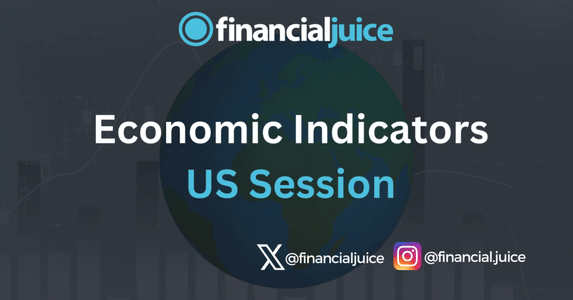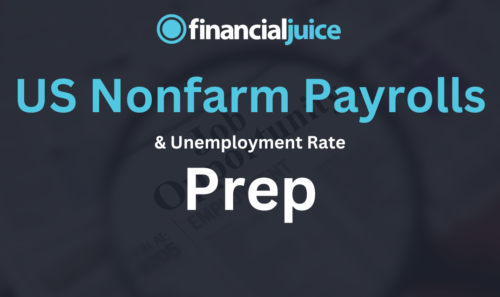
Week Ahead: Economic Indicators (US)
For the November 11th week, here is a list of the major economic indicators released during the US Session.
Monday 11th November
US Veterans Day (Exchange Open)
Wednesday 13th November
08:30 ET
US CPI for October
The US Consumer Price Index measures the average change in prices consumers pay for goods and services over time.
Released monthly by the Bureau of Labor Statistics, it’s a key indicator of inflation, tracking categories like food, energy, housing, and medical care.
The Core CPI excludes volatile food and energy prices and provides a clearer view of underlying inflation trends. CPI data is closely watched as it influences monetary policy decisions, wage adjustments, and cost-of-living calculations.
What to Expect
If CPI comes in higher than expected, indicating higher than anticipated inflation in the US, we would expect to see weakness in US stocks and strength in the dollar and government bond yields, as traders begin to price in the reduced chances of US interest rate cuts at the upcoming meetings.
If CPI comes in lower than expected, we would expect to see strength in US stocks and weakness in the dollar and government bond yields, as traders increase/solidify their bets on future Fed rate cuts.
Thursday 14th November
08:30 ET
US PPI for October
The US Producer Price Index measures the percentage change in selling prices received by domestic producers for their goods and services over time.
Released monthly by the Bureau of Labor Statistics, it tracks price changes from the perspective of sellers rather than consumers, covering industries like manufacturing, agriculture, and energy.
The Core PPI excludes volatile food and energy components, offering a stable view of price trends. PPI is a key indicator for inflation, often signaling future changes in consumer prices, as higher production costs can eventually be passed on to consumers.
What to Expect
If PPI comes in higher than expected, indicating higher than anticipated inflation from the supply side, we would expect to see weakness in US stocks and strength in the dollar and government bond yields, as traders begin to price in the reduced chances of US interest rate cuts at the upcoming meetings after fear that increased producer prices will be passed on to consumers.
If PPI comes in lower than expected, we would expect to see strength in US stocks and weakness in the dollar and government bond yields, as traders increase/solidify their bets on future Fed rate cuts.
US Weekly Initial & Continued Jobless Claims
The US Weekly Initial & Continued Jobless Claims report tracks unemployment insurance claims to gauge the health of the job market. Initial claims measure the number of people filing for unemployment benefits for the first time, indicating new job losses.
Continued claims reflect the number of individuals who remain unemployed and are still receiving benefits after their initial filing.
Together, these metrics provide timely insights into labor market conditions and potential economic shifts.
What to Expect
With employment in focus at the moment, this report has been garnering a lot of market attention.
A higher jobless claims number, indicating higher unemployment, would be likely to cause weakness across the US assets (dollar, stocks, and yields), as it feeds into the narrative of a hard landing/broader economic slowdown for the US economy as we come out of the tightening cycle.
A lower jobless claims number, indicating lower unemployment, would be likely to cause strength across the US assets, as it reassures the markets that the US economy may be able to exit the tightening cycle and enter the easing cycle without a recession/broader economic slowdown.
Keep in mind that there has been some volatility in the US equity markets reaction to this data point, as the markets are fighting between the data’s indicator on the broader economy, as well as the potential future impact the data has on monetary policy.
Friday 15th November
08:30 ET
US Retail Sales for October
US Retail Sales is a monthly economic indicator that measures the total sales of goods and services by retail stores across the United States.
Released by the Census Bureau, it provides insights into consumer spending trends, which is a key driver of the economy since consumer spending makes up about 70% of the US GDP.
An increase in retail sales signals economic growth and consumer confidence, while a decline suggests weakening demand.
The report covers a wide range of sectors, from automobiles to clothing, and is monitored by economists, policymakers, and investors to assess the health of the economy.
What to Expect
If retail sales come in higher than expected, we would be likely to see strength across the US assets (dollar, yields and US stocks), as it shows a resilient consumer in the face of tighter monetary conditions, which increases the likelihood of a soft landing for the US economy as we come out of the tightening cycle.
If it comes out weaker than expected however, we would be likely to see weakness across US assets.




